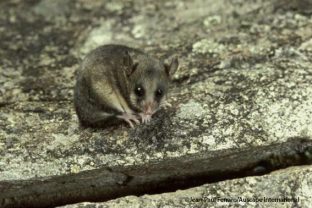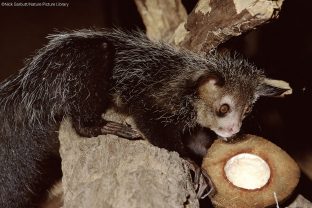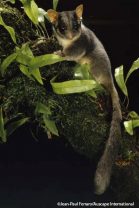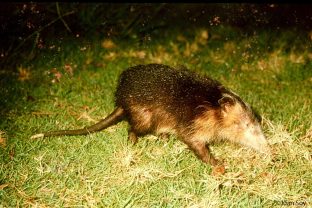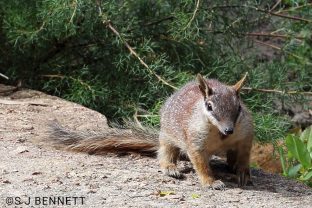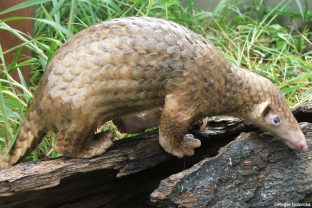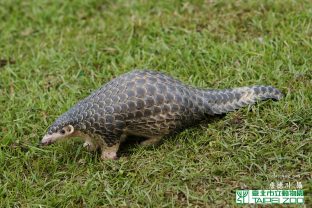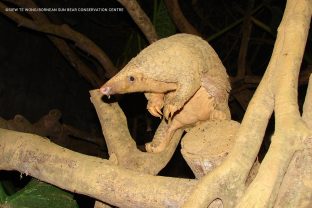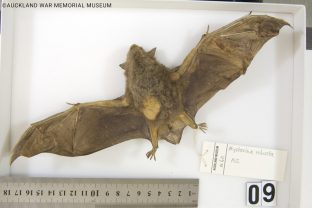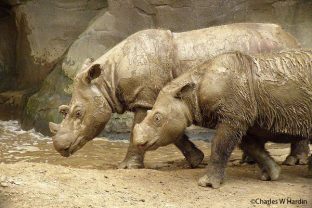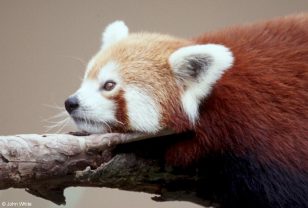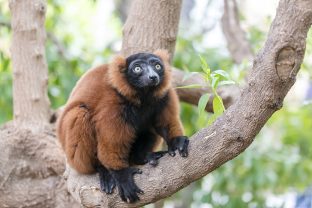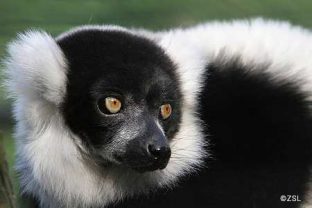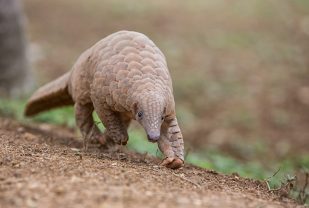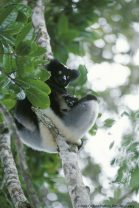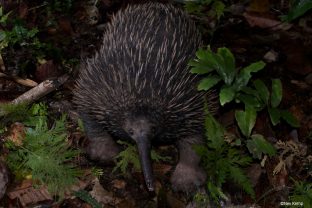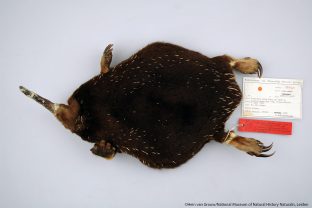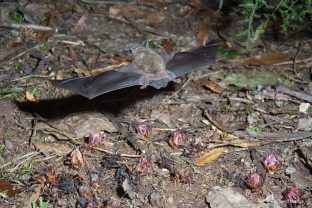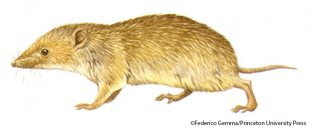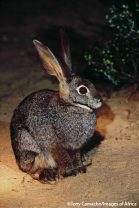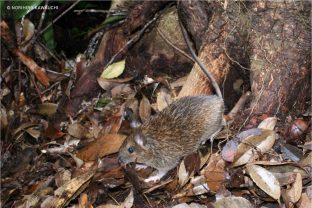TOP Mammals
Mountain pygmy possum
Burramys parvus
The mountain pygmy possum is the largest of the pygmy possums, and the only Australian mammal restricted to alpine habitat.
Conservation Attention
Good
Aye-aye
Daubentonia madagascariensis
The highly distinctive aye-aye is the world’s largest nocturnal primate.
Conservation Attention
Low
Leadbeater’s possum
Gymnobelideus leadbeateri
The Leadbeater’s possum was not sighted for 50 years and was thought to be extinct until its rediscovery in 1961.
Conservation Attention
Good
Cuban solenodon
Atopogale cubana
Solenodons are one of the few venomous mammals, with venom in their saliva.
Conservation Attention
Very Low
Numbat
Myrmecobius fasciatus
The numbat is a highly distinctive carnivorous marsupial.
Conservation Attention
Good
Philippine pangolin
Manis culionensis
It wasn’t until 1998 that the Philippine pangolin was recognised as a separate species to its close relative the Sunda pangolin.
Conservation Attention
Medium
Chinese pangolin
Manis pentadactyla
Pangolins are the most trafficked mammals in the world, and the Chinese pangolin may be the most endangered of them all.
Conservation Attention
Low
Sunda pangolin
Manis javanica
Pangolins are the world’s most trafficked mammal.
Conservation Attention
Medium
New Zealand greater short-tailed bat
Mystacina robusta
The New Zealand greater short-tailed bat is the largest of New Zealand’s three remaining bat species. It remains enigmatic; with no confirmed sightings of the species since 1967.
Conservation Attention
Low
Sumatran rhinoceros
Dicerorhinus sumatrensis
The Sumatran rhinoceros is the smallest and most threatened of the five living rhinoceros species.
Conservation Attention
Low
Pearson’s long-clawed shrew
Solisorex pearsoni
Pearson’s Long-clawed Shrew (Solisorex pearsoni) is the only living species in its genus, and is incredibly poorly-known.
Conservation Attention
Very Low
Red panda
Ailurus fulgens
The scientific name of this rare and beautiful species literally means ‘fire-coloured cat’.
Conservation Attention
Good
Red ruffed lemur
Varecia rubra
The red ruffed lemur is one of the largest species of lemur.
Conservation Attention
Good
Black-and-white ruffed lemur
Varecia variegata
The black-and-white ruffed lemur is one of two ruffed lemur species in the Varecia genus.
Conservation Attention
Medium
Indian pangolin
Manis crassicaudata
The Indian pangolin or thick-tailed pangolin is a solitary, shy, slow moving, nocturnal mammal,
Conservation Attention
Medium
Indri
Indri indri
Indri simply means ‘there it is’ in the Malagasy language.
Conservation Attention
Medium
Long-tailed big-footed mouse
Macrotarsomys ingens
The little-known long-tailed big-footed mouse (Macrotarsomys ingens) is one of only three species in its genus, and one of the few rodents native to Madagascar.
Conservation Attention
Very Low
Fijian monkey-faced bat
Mirimiri acrodonta
The Fijian monkey-faced bat (Mirimiri acrodonta) is the only species in its genus and is Fiji’s only endemic megabat.
Conservation Attention
Very Low
Western long-beaked echidna
Zaglossus bruijnii
The western long-beaked echidna is one of the most mysterious mammals on Earth.
Conservation Attention
Very Low
Attenborough’s long-beaked echidna
Zaglossus attenboroughi
Attenborough’s long-beaked echidna, also known as Sir David’s Long-beaked Echidna, is the smallest and probably most threatened of the three long-beaked echidna species. Echidnas and platypus are the only mammals to lay eggs.
Conservation Attention
Very Low
Yangtze river dolphin
Lipotes vexillifer
The baiji is probably the most threatened marine mammal in the world; with some saying that it is ‘functionally extinct’.
Conservation Attention
Low
New Zealand lesser short-tailed bat
Mystacina tuberculata
The New Zealand lesser short-tailed bat is one of the most terrestrial bats, foraging on the forest floor much more frequently than any other species.
Conservation Attention
Low
Hainan gymnure
Neohylomys hainanensis
The Hainan gymnure is the only member of its genus Neohylomys, with only 8 species of gymnure in total.
Conservation Attention
Very Low
Riverine rabbit
Bunolagus monticularis
The riverine rabbit lives along seasonal rivers, in one of the few areas of the Karoo Desert, South Africa, suitable for conversion to agriculture – and as a result has lost virtually all its habitat to farming.
Conservation Attention
Low
Okinawa spiny rat
Tokudaia muenninki
The Okinawa spiny rat also know as Muennik’s spiny rat resembles a large vole, the spiny rat has grooved spines protruding from its short, thick body fur.
Conservation Attention
Very Low
